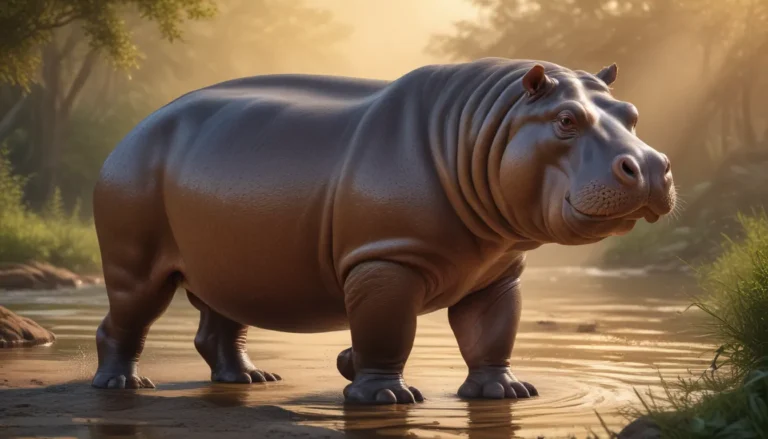The pictures we use in our articles might not show exactly what the words say. We choose these pictures to make you interested in reading more. The pictures work together with the words but don’t take their place. The words still tell you the important facts.
Welcome to the enchanting world of polar bears, the majestic sea ice bears of the Arctic. Known for their enduring strength and captivating presence, polar bears hold a special place in our hearts and minds. Whether you dream of seeing these magnificent creatures up North or simply want to delve deeper into their fascinating world, get ready to be amazed by the incredible facts about polar bears.
Unveiling Quick Polar Bear Facts
- Lifespan: Adult polar bears can live up to 30 years.
- Weight: These bears weigh between 150 to at least 600 kg.
- Newborns: Newborn polar bears weigh as much as a guinea pig.
- Population: There are at least 26,000 polar bears in existence.
- Reproduction: Female polar bears can conceive at least 5 litter cubs in their lifetime.
Exploring Essential Information about Polar Bears
- Habitat: Canada is home to roughly 60% of the polar bear population.
- Size: Polar bears are considered the largest carnivore on land.
- Classification: They are the only species classified as a marine mammal.
- Hunting: Despite spending most of their time hunting, successful hunts are only at 2%.
- Hygiene: Polar bears indulge in "snow baths" to clean their fur after hunting.
- Territory: Unlike other carnivores, polar bears prefer home ranges.
- Adaptation: A polar bear's blubber enables them to survive the harsh Arctic environment.
- Reproduction: Female polar bears give birth in snow dens to protect their cubs.
- Training: Cubs learn hunting and survival skills from their mother for 2 years.
- Diet: Bearded and ringed seals are the staple food of polar bears.
Delving into Interesting Polar Bear Facts
- Predators: Polar bears have no natural predators.
- Senses: They can smell their prey from at least 1 kilometer away and 3 feet below the snow.
- Swimming: Polar bears can swim up to 161 km.
- Communication: A nose-to-nose greeting signifies a polar bear's offer to share food.
- Behavior: They communicate by marking and leaving scent on trees.
Unveiling Fascinating Polar Bear Infographics
White classic polar bears have black skin
Contrary to popular belief, polar bears have colorless hair and hollow black skin, which acts as insulation by reflecting light and trapping heat, thus appearing white.
Polar bears can experience overheating despite the cold
Despite their ability to withstand extreme cold, temperatures above 20°C can cause polar bears to overheat due to their thick fur.
Polar bears are fast on land and water
Swift runners on land and excellent swimmers in water, polar bears can reach speeds of 40 km/h on land and swim at 10 km/h.
“Pizzly Bears” exist
A hybrid of grizzly and polar bears, known as "Pizzlies," was confirmed when DNA results revealed a bear with a polar bear mother and a grizzly bear father.
Polar bear livers are highly toxic
Polar bears' livers store high amounts of Vitamin A and fats, making them toxic for human consumption, necessitating careful preparation.
Polar bears are hoarders
To cope with unsuccessful hunts, polar bears hide and store food for future consumption, showcasing their survival instincts.
A single seal could keep a polar bear full for 8 days
An adult ringed seal weighing 121 pounds can fulfill a polar bear's dietary needs for over a week.
Polar bear DNA could be traced from their footprints
Advanced DNA technology enables scientists to extract a polar bear's genetic information from footprints in the snow, revealing valuable insights about the bear's diet and age.
Climate change is the greatest threat for Polar bears
The accelerating impact of climate change poses a severe threat to polar bears' survival by reducing their sea-ice hunting grounds.
Albino polar bears may exist
While rare, albino polar bears could exist, presenting unique challenges due to poor heat retention and eyesight issues.
Polar bears have webbed toes and wide paws
Specialized for swimming, polar bears possess webbed toes and wide paws that aid in navigating icy waters.
Reflecting on the Significance of Polar Bears
As we marvel at the beauty and resilience of polar bears, let's remember the critical role they play in our ecosystem. With their habitat under threat from climate change and human activities, it's essential to raise awareness and take action to protect these iconic creatures. Let's cherish and preserve the Arctic home of the polar bear for generations to come.






